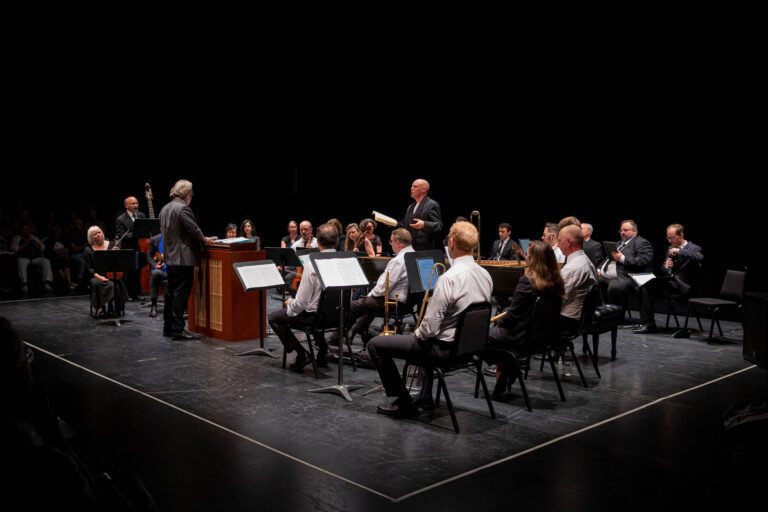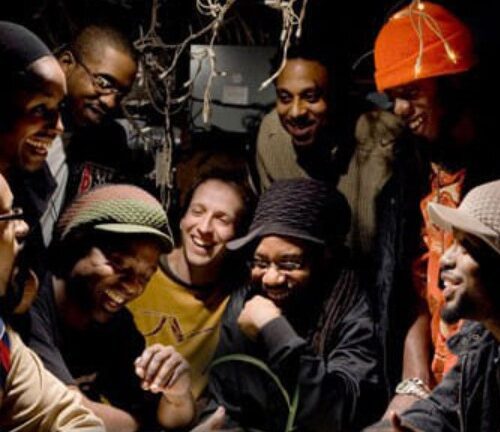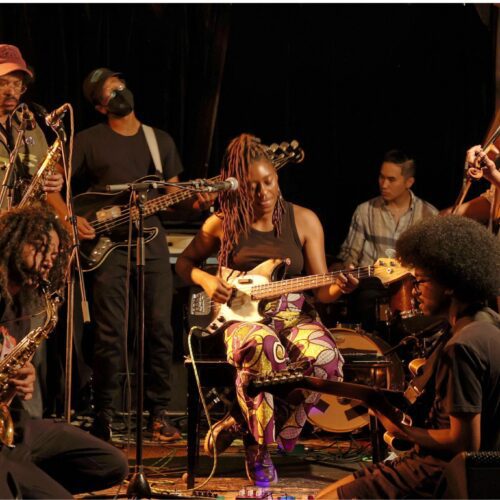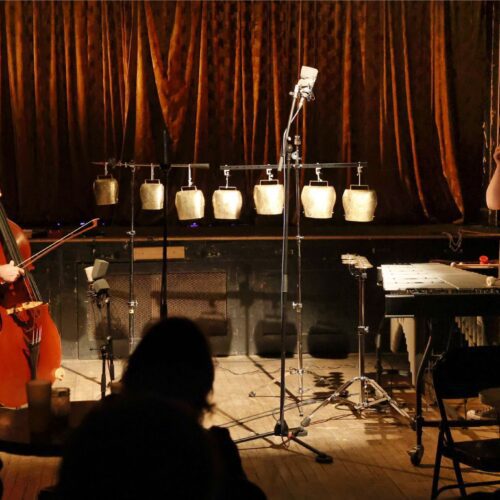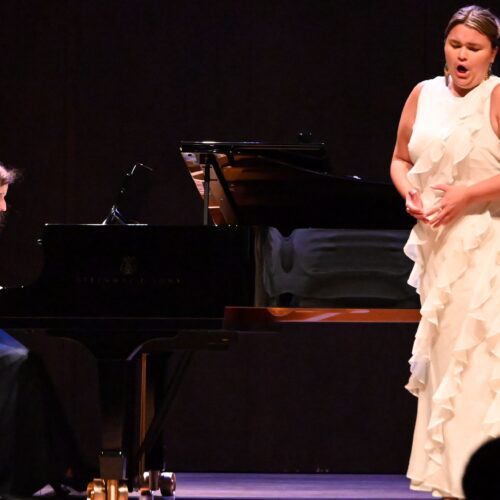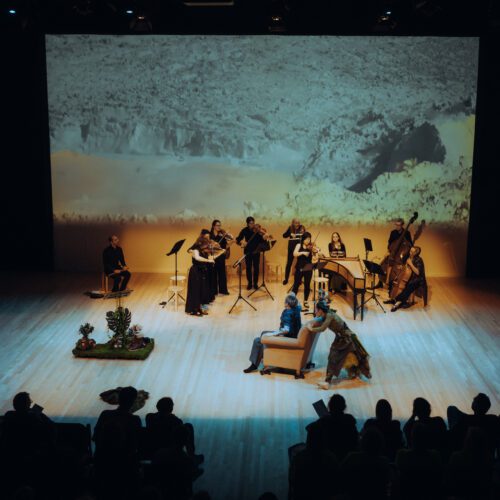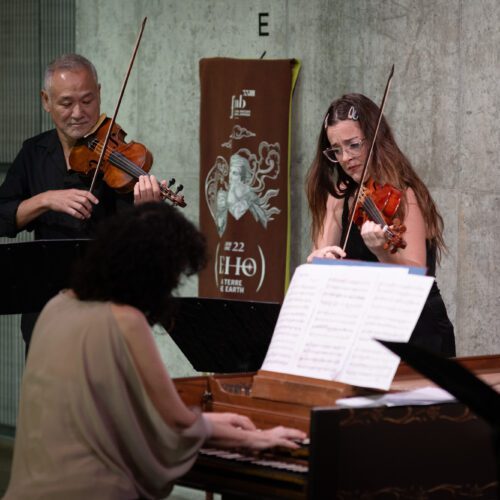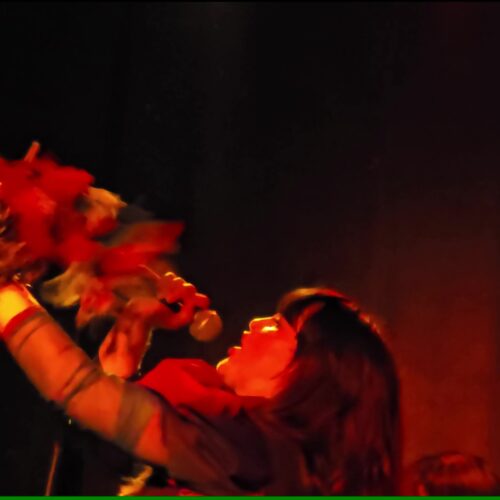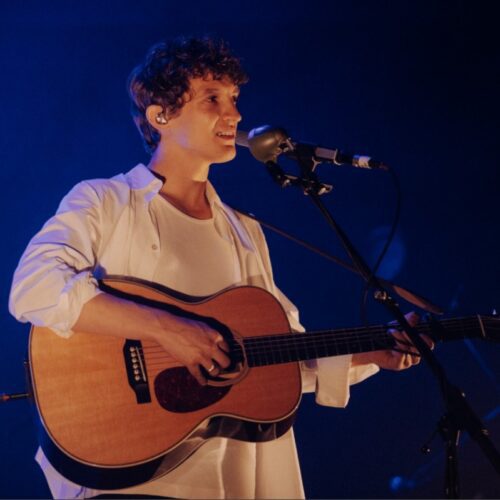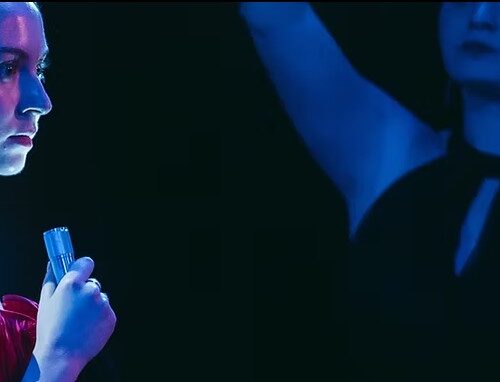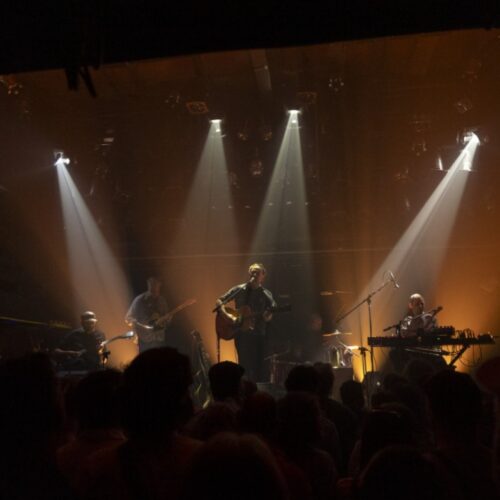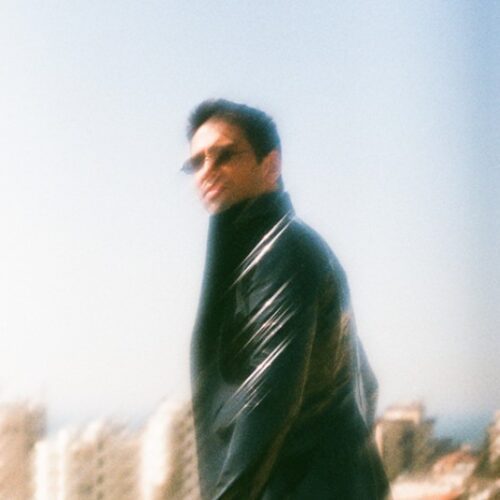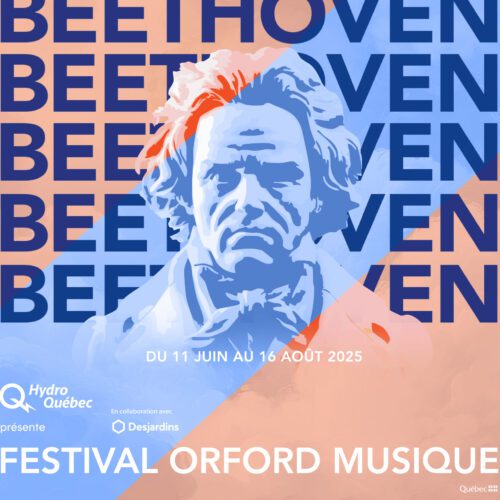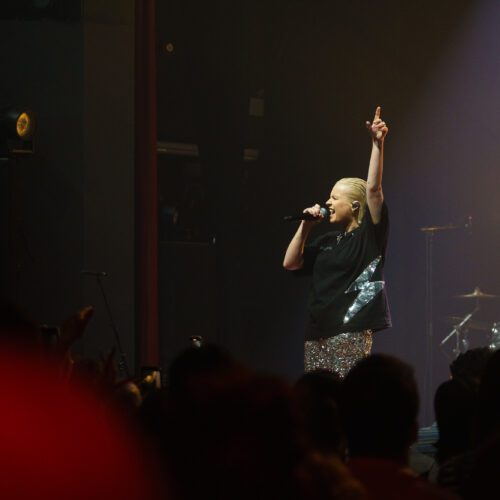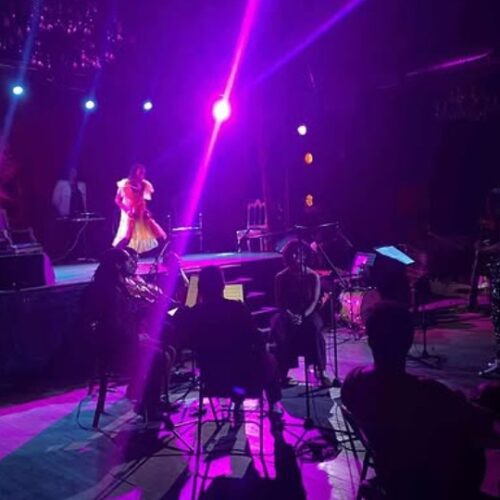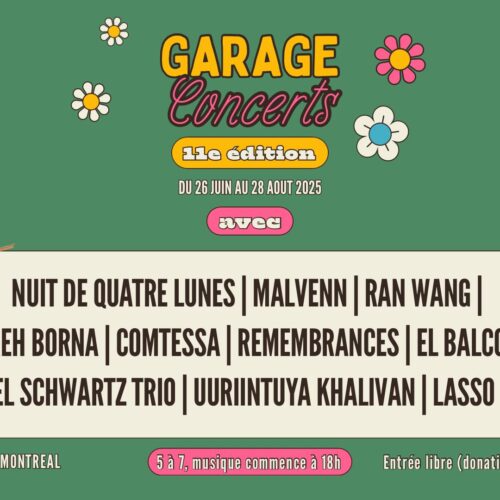The PAN M 360 team is very present at the Virée classique, presented by the MSO. Our contributors report daily on what they have seen and heard at the concerts presented in Montreal until August 20.
Three Choirs Come Together to Sing Fauré’s Requiem
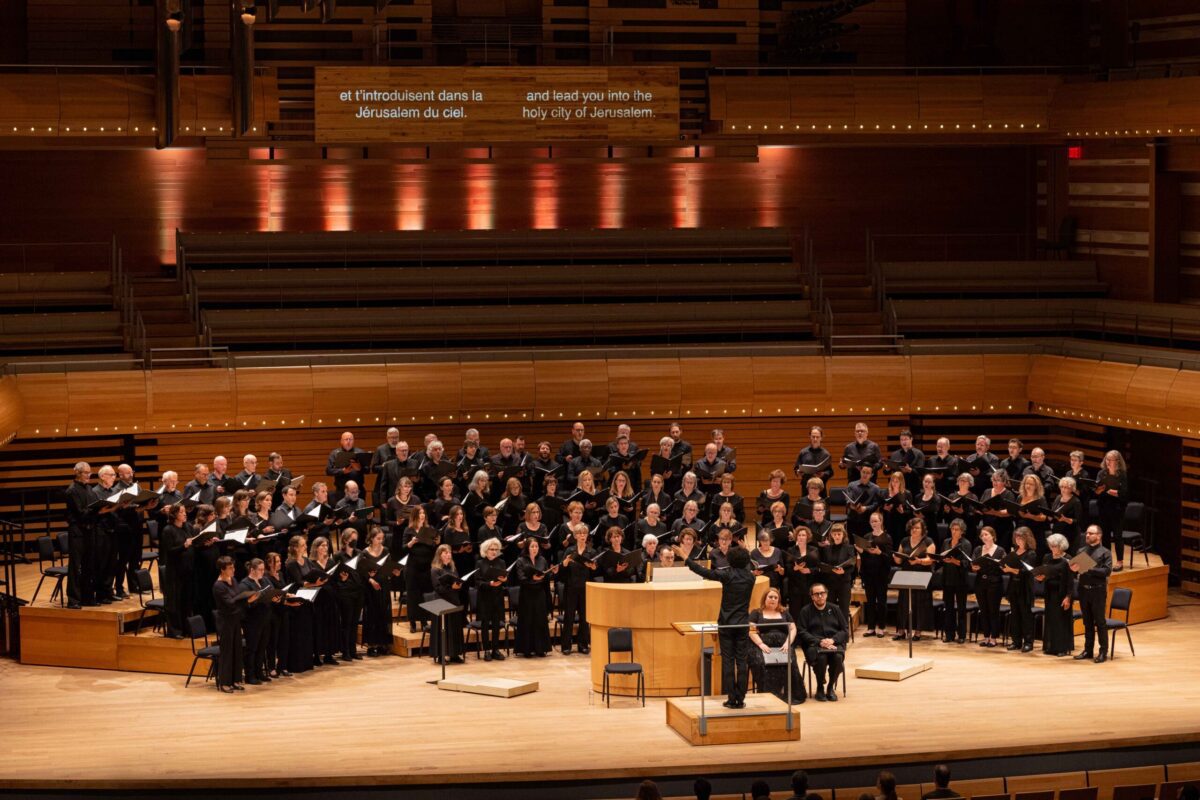
Photo credit: Antoine Saito
Under the baton of Rafael Payare, the OSM unveiled a nuanced interpretation of Fauré’s Requiem that resonated with luminous clarity and depth. Presenting this seminal work in collaboration with three amateur choirs and a concert organist, this afternoon’s performance aligned more closely to Fauré’s original intent, allowing one to hear the counterpoint more clearly than with full orchestral accompaniment.
The program began with François Morel’s Prière pour Orgue, a short piece for solo organ which briskly set a reverent but equally grave tone in the halls of the Maison Symphonique. It was in the silence that followed that the choir, composed of three sections, each with its own choir conductor, took to the stage with a performance of Fauré’s Cantique de Jean Racine. Often performed alongside his Requiem, this text setting was an early sign of the unique musical and religious vision Fauré had.
Fauré’s text settings marked a departure from the severity and drama of traditional musical settings of the mass, and perhaps nowhere was this better illustrated than in the “In Paradisum” movement. The conductor, the choir, and the organist merged together to craft a sublime ascent into the realms of paradise. The music floated, weightless and serene, as a sense of tranquil closure enveloped us in the auditorium.
Varun Swarup
Jeremy Denk, or how to link JS Bach, Ravel and Ligeti
Jeremy Denk is now considered one of the finest American concert pianists on the classical planet, and we were able to confirm this assertion at the Virée classique. What’s more, he’s also one of those virtuosos interested in intimately linking eras, as we were able to savour on the reconfigured stage of Salle Wilfrid-Pelletier on Sunday morning.
The program featured JS Bach, Ravel and Ligeti, composers from the Baroque, modern and contemporary periods respectively. First up was the Partita no. 1 in B flat major BWV 825, one of those “German suites” renowned for the contrapuntal genius of their creator, whose style had achieved its full identity by the time it was conceived, some two decades before the composer’s death – Partita no. 1 was premiered in 1731.
As for Jeremy Denk’s style, it can roughly be said that it is neither too delicate nor too abrupt. This centrism can also bear the defect of its quality, to the point of sometimes feeling a certain academic coldness in the playing of the Bach Partita played first. But perceptions change when the pianist plays Maurice Ravel’s Gaspard de la nuit, composed in 1908 and inspired by poems by Aloysius Bertrand. Divided into three “poems for piano”, the work becomes increasingly dense and climbs in intensity, particularly in the last one (“Scarbo”), where we can contemplate the full capabilities of the performer. We are then ready to absorb the piano studies IV (“Fanfares”) and V (“Automne à Varsovie”) by Hungarian composer György Ligeti.
Not so long ago, such a program would have been unthinkable: negative “social acceptability” would have repelled any concert company’s artistic management from putting forward such a combination, but this is clearly no longer the case. On the contrary, the program proposed by Jeremy Denk is now just what’s needed to feed music lovers properly in 2023.
Alain Brunet
Learning Music the Fun Way at Virée Classique
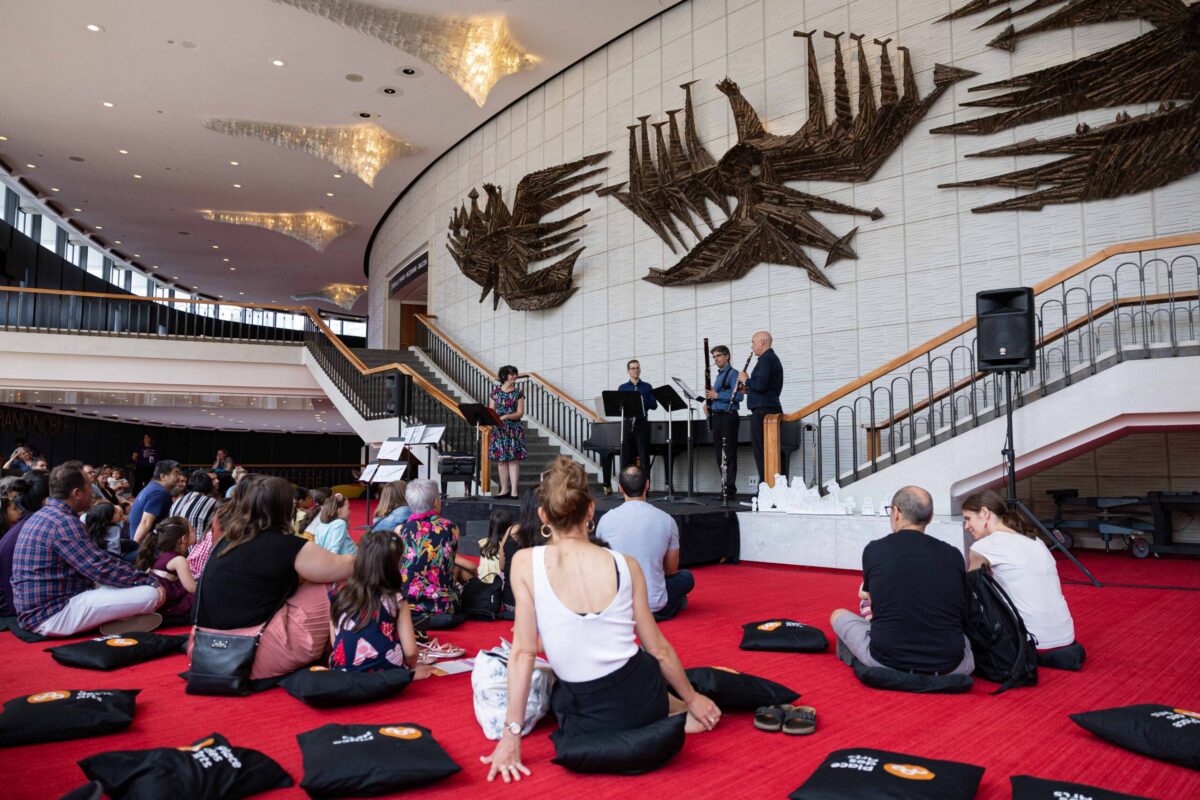
Photo credit: Antoine Saito
Programming for families and children is an integral part of the Virée classique. Each year, several concerts and activities for toddlers give the OSM the opportunity to showcase music through play, stories and tales. This year’s concert featured Les créatures fantastiques with Rafael Payare, as well as a series of activities with a musical mediation objective, such as the Enchanted Forest, which was a musical enigma combined with the exploration of the sets, or a number of participatory workshops where the audience composed with the ensembles, while discovering various instruments.
On Sunday morning, in the superb Piano Nobile space in the foyer of Salle Wilfrid-Pelletier, children were introduced to the enchanting sounds of the orchestra’s woodwinds. Through the medium of the classic tale Goldilocks and the Three Bears, the musicians (Vincent Boilard on oboe, Alain Desgagné on clarinet and Mathieu Harel on bassoon) and guest actress (Gabrielle Marion-Rivard) taught the children how music can evoke specific objects, characters or scenes while introducing the orchestra’s instrument families.
Pieces by Jacques Ibert, Joseph Canteloube, Alexandre Tansman, Jean Françaix, Ange Flégier, Mozart and Jacques Hétu lent themselves to the game, sometimes illustrating the idyllic forest, sometimes reverie. The sound of the wooden trio was magical, and it’s certain that the families present enjoyed their little escape to the home of the three bears.
Alexis Ruel
Encounters with Inuit Throat Singing
The Les grands espaces project, in collaboration with the Société de musique contemporaine du Québec (SMCQ), was presented on Sainte-Catherine Street in a participatory format. Katia Makdissi-Warren, composer and conductor of the group Oktoecho, is behind this project, aimed primarily at young people. Ideally, the piece would have been conducted by a child in the audience, but only one young girl volunteered to do so, accompanied by her mother. The children seemed embarrassed and a little intimidated. Nevertheless, the result was very successful. The concept is to create a choral soundtrack, singing short, simple melodic motifs and adding body percussion, to imitate sounds of nature (rain, wind, owl, geese). Meanwhile, two women perform the katajjaq, producing the corresponding vocal patterns in this musical tradition. The idea is to open up a space for an encounter, where two musical traditions meet with the utmost respect.
Inuit throat singing is a competition between two women, but also a game. Those attending the workshop are treated to a demonstration and explanation of how to produce the sounds. The audience is curious and asks lots of questions, which the two singers on stage answer with great generosity. Les grands espaces is a project that provides an opportunity to encounter a musical tradition that has long been outlawed but has been enjoying a resurgence in recent years.
Elena Mandolini
A Breath of Fresh Air at Complexe Desjardins
Les vents de l’île de Montréal is a band made up of young people from several Montreal high schools, directed by Éric Levasseur. The pieces presented ranged from film music to the more classical wind band repertoire. The works presented were original, even daring (there was one slightly dissonant piece, performed with great confidence by the young musicians). The assurance with which the works were performed is to be commended. The sound produced by these young musicians was powerful, precise and assured. The ensemble’s sound was broad and its direction was remarkable for an ensemble of this level. The audience greeted the works with enthusiasm, and were treated to solemn, triumphant and powerful musical moments!
Elena Mandolini
The Entertaining and Charismatic Trio Débonnaire Takes Us On A Journey Through Time
One of the great successes of Virée classique’s free programming, Trio Débonnaire performed to a full house every time. A success that testifies to the complicity between its members. The ensemble is made up of Laurence Latreille-Gagné on horn, Simon Jolicoeur on trombone and their spokesman Frédéric Demers on trumpets. And yes, trumpets, because one of the great attractions of this concert is the overview they give of trumpets and mutes, thanks to the arsenal displayed on stage. With excerpts from Bach, Beethoven, Edith Piaf and the Beatles (and yes!), the audience is taken on an overview of the possibilities the trumpet has to offer. Frédéric Demers takes mediation to heart and strives to communicate his love of his instrument to the audience.
Two simple words can be used to describe this concert. Interesting, and above all, entertaining. Time flies, and the entertainment is at once charismatic, instructive and amusing. Place des Arts resonates with the warm, noble timbres of the horn and trombone supporting the melodic trumpet. The explanation and use of mutes is an excellent idea. However, we regret that the demonstration did not extend to the other instruments, whose use of mutes is just as important.
You’re transported through the ages, having a great time and learning, all in the blink of an eye!
Alexis Ruel
Monteverdi’s Vespers of the Virgin: Beauty and Contemplation
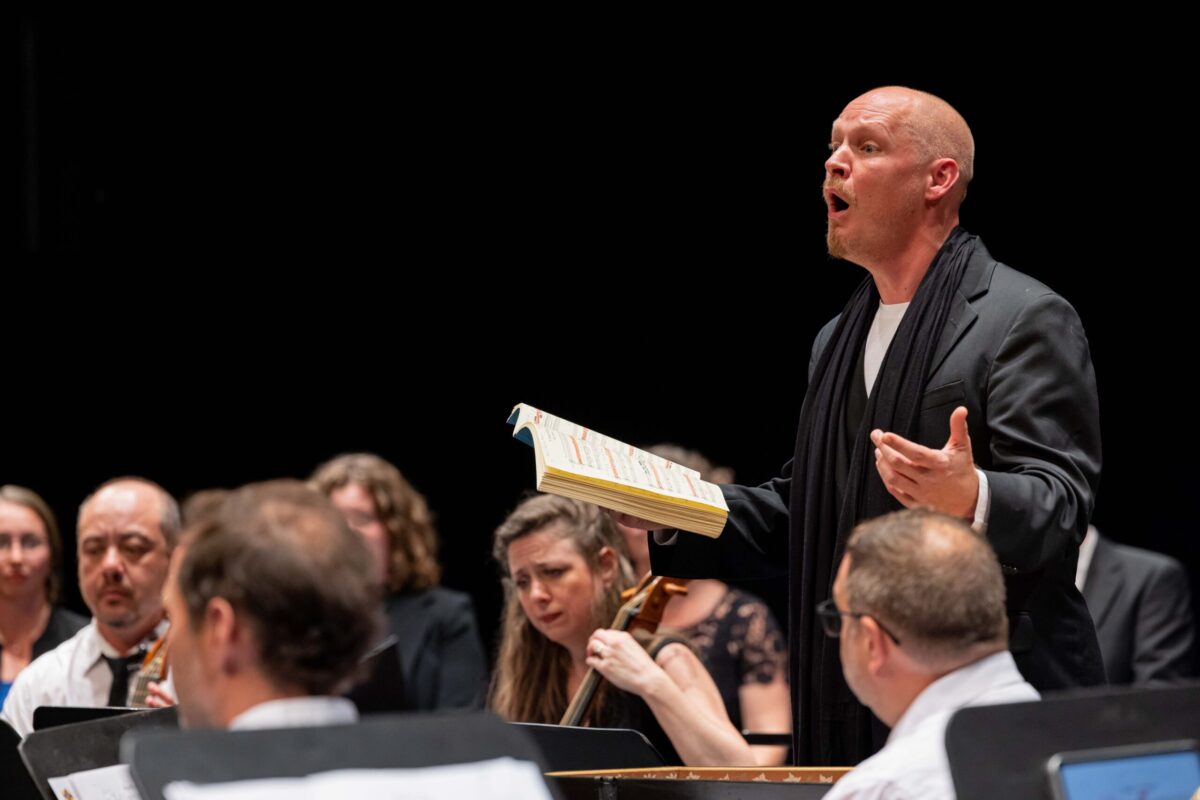
Photo credit: Antoine Saito
Some thirty musicians shared the stage at Salle Wilfrid-Pelletier to perform Monteverdi’s Vespers of the Virgin, but the space didn’t feel overcrowded. The number of musicians was kept to a strict minimum, and that was welcome. This enabled the ensemble, directed by Eric Milnes, to offer an intimate, delicate and luminous interpretation of Monteverdi’s work.
This composer is best known for his mastery of polyphonic art. In the Vespers of the Virgin, we are treated to majestic musical lines, enveloping basses and complex harmonies. The performers play with great sensitivity and know how to support the delicious dissonances present in the score. The music moves easily from major to minor modes, and you feel transported by it. One movement follows another, moving from a triumphant tone to a sorrowful one in a fraction of a second. In this interpretation, we have the opportunity to see and hear ancient instruments, such as the sackbut, dulcian, and lute.
The only downside to this interpretation is the acoustics. The sound is lost and muffled in this arrangement of the hall. This music, designed to be performed in a church, would have been even more beautiful if the sound could have resonated in the hall and all around the audience. Nevertheless, the ensemble knows how to use space and spatialize sound. Halfway through the work, the choir begins to rearrange itself to diversify the acoustics. Musicians and singers move backstage, to play in the space and offer new listening conditions to the audience. Despite the acoustic shortcomings of the venue, the ensemble’s sound is round and powerful. This is a moving and luminous interpretation of Monteverdi’s work.
Elena Mandolini
Dances of the Bohemian Countryside With the Orchestre Symphonique des Jeunes de la Montérégie
On Saturday and Sunday, the OSJM presented Dvořák’s 8th Symphony to the public and passers-by at Complexe Desjardins. A work reminiscent of Mozart passages, aspects of Beethoven and the folk tunes of the composer’s native Bohemia, it got young and old dancing and marked the end of the Virée classique in style on Sunday afternoon.
Better suited to wind orchestras or harmonies, the Complexe was not very conducive to the symphony’s subtleties and nuances, especially during the second movement, with its slightly too voluminous acoustics and ambient noise. On the other hand, we admire the energy with which the orchestra overcame these obstacles in the first and last movements. The dancing rhythms of the third and fourth movements were perfect for the situation.
The orchestra takes us on an epic journey through the countryside, from sunrise to the celebrations that stretch into the night. We hear the birds and cicadas singing and imagine the forests and pastoral landscapes that lulled Dvořák throughout his life. We seem to share with him the pleasure of hearing the popular tunes and joys of his childhood.
The OSJM enchants with its precision and ardour. A fine showcase for the next generation of musicians, it offers an encouraging and hopeful vision of the future of symphonic music in Montérégie and Quebec.
Alexis Ruel
Sortie 210: Destination Big Band for Destination Fun

The final performance on the quiet Esplanade of the tenth edition of Virée classique concluded with the brassy sounds of Big Band Sortie 210. Founded in 1992, this ensemble brings together “professional musicians, music teachers, college and university music students and serious amateurs” from Victoriaville and the surrounding Bois-Francs region. Accustomed to musical events and several international festivals, the twenty or so musicians gathered on stage, directed by Guillaume Allard, delivered a thoroughly enjoyable performance in which everyone had a chance to shine. The program was eclectic. Not a string of great jazz standards, but a mix of genres and styles consisting mainly of hits from the classical and popular music repertoires, arranged for big band. So, for the opener, we were treated to a Toccata and Fudge (arranged around Bach’s Toccata in D minor); a Blues for Elise and a jazzy version of Brahms’ Hungarian Dance No. 5. Interspersed between these arrangements are pieces with different expressions. These include John Coltrane’s Central Park West, the only piece to be taken from jazz standards, with its muted colours and timbres, and Bar Talk, a wildly energetic piece which, contrary to its name, is not at all suited to “melancholy contemplation of a glass of alcohol”. As for the soloists, Dominique Rancourt’s performance on violin and Yvon Tardif’s on saxophone in the original composition Hot and Blues were particularly noteworthy for their rapport and complicity. Judging by the number of people tapping their feet and swaying their hips, Sortie 210 was a great success.
Alexandre Villemaire
